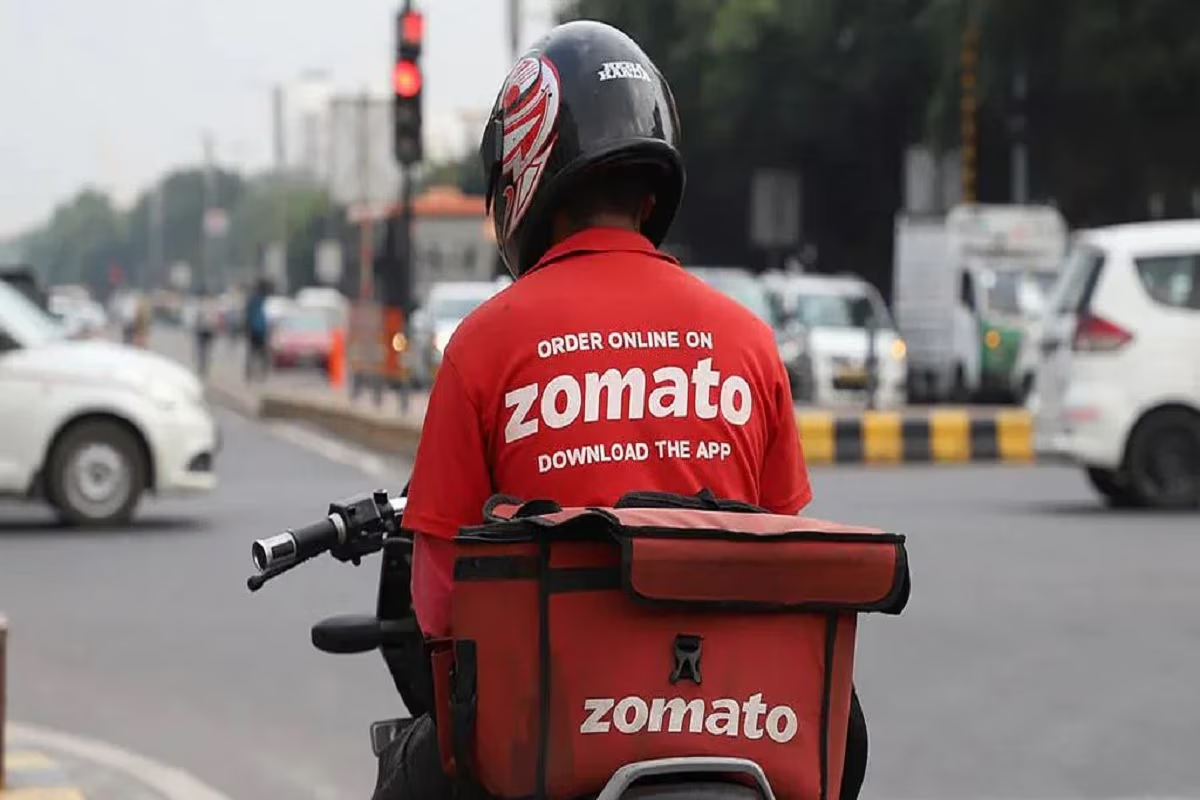India’s startup world has grown fast over the past decade. From fintech to ed-tech, health-tech to e-commerce, new businesses are popping up everywhere. Some become huge successes, like Flipkart or Zomato. But many fail. Reasons include poor money management, the wrong product for the market, bad operations, or weak leadership.
Learning from failed startups is very valuable. It can help new entrepreneurs avoid mistakes and build stronger businesses. In this article, we look at some of India’s biggest startup failures, why they failed, and what lessons they teach.
1. Byju’s: Growing Too Fast and Poor Money Management

What happened:
Byju’s was India’s biggest ed-tech startup, once valued at $22 billion. But it faced big problems due to fast expansion and poor money handling.
Why it failed:
- Inflated revenue numbers and aggressive sales tactics.
- Legal troubles after U.S. lenders claimed $1 billion was misused.
Lessons:
- Grow at a sustainable pace.
- Keep finances transparent and ethical.
- Focus on providing real value instead of pushing sales aggressively.
- Understand rules and regulations to avoid legal problems.
2. Stayzilla: Bad Timing and Money Issues

What happened:
Stayzilla helped people find budget hotels, but it shut down in 2017 because of poor management and tough competition.
Why it failed:
- Cash flow problems made operations unsustainable.
- Entered a competitive market too early.
Lessons:
- Keep a close eye on money and spending.
- Do thorough market research before launching.
- Streamline operations for efficiency.
- Be ready to pivot if your business model isn’t working.
3. Zomato (Early Struggles): Finding the Right Business Model

What happened:
Zomato is now huge, but early on it struggled to find a profitable way to operate.
Why it failed:
- Unclear business model at the start.
- Managing deliveries and customer expectations was hard.
Lessons:
- Flexibility is key—pivot if needed.
- Focus on smooth operations and on-time delivery.
- Listen to customers and improve based on feedback.
- Plan systems to scale as you grow.
4. Doodhwala: Problems Scaling Up

What happened:
Doodhwala delivered milk to homes. But when it tried to grow fast, it faced operational problems.
Why it failed:
- Rapid growth caused delivery and quality issues.
- Competition from local players was strong.
Lessons:
- Ensure you can handle growth before expanding.
- Know your competitors and what makes you different.
- Efficient logistics are vital.
- Manage your resources carefully.
5. Overcart: Wrong Product for the Market

What happened:
Overcart sold refurbished electronics online, but customers didn’t trust it.
Why it failed:
- Product didn’t fit market needs.
- Customers worried about product quality.
Lessons:
- Understand what customers want.
- Build trust with warranties and clear policies.
- Keep improving products based on feedback.
- Communicate your value clearly.
6. FabFurnish: Too Many Competitors

What happened:
FabFurnish sold furniture online but couldn’t stand out in a crowded market.
Why it failed:
- Entered a market with too many competitors.
- Had inventory and delivery issues.
Lessons:
- Offer something unique to attract customers.
- Keep operations efficient.
- Focus on customer loyalty.
- Test new markets before expanding everywhere.
7. Koo: Copying Competitors Doesn’t Always Work

What happened:
Koo tried to compete with Twitter but struggled to attract users.
Why it failed:
- Lacked unique features.
- Hard to retain a loyal user base.
Lessons:
- Innovate instead of copying.
- Build a strong user community.
- Focus on long-term growth, not hype.
- Partner strategically to gain traction.
8. Finomena: Expanding Too Quickly

What happened:
Finomena offered financial advice, but rapid growth caused problems.
Why it failed:
- Expanded faster than resources allowed.
- Market changes affected the business.
Lessons:
- Grow at a controlled pace.
- Adapt to market changes.
- Keep financial reserves for emergencies.
- Strong leadership is essential.
9. Yumist: Trouble Getting Customers

What happened:
Yumist delivered food but couldn’t attract or keep enough customers.
Why it failed:
- Customer acquisition was weak.
- Operational issues hurt service quality.
Lessons:
- Focus on getting and keeping customers.
- Use data to understand user behavior.
- Make operations smooth and reliable.
- Build brand awareness early.
10. Roomstonite: Team Problems

What happened:
Roomstonite had internal conflicts and weak leadership.
Why it failed:
- Team disagreements slowed decision-making.
- Poor leadership caused mistakes.
Lessons:
- Keep the team aligned with shared goals.
- Have clear leadership roles.
- Resolve conflicts professionally.
- Hire people with complementary skills.
Summary Table: Key Takeaways From These Failures
| Startup | Why It Failed | Key Lessons for Entrepreneurs |
|---|---|---|
| Byju’s | Grew too fast, financial mismanagement, legal issues | Grow sustainably, be transparent with finances, focus on value, follow regulations |
| Stayzilla | Cash flow problems, poor market timing | Monitor money closely, research the market, streamline operations, pivot if needed |
| Zomato (Early) | Unclear business model, delivery challenges | Be flexible, prioritize operations, listen to customers, plan for scalability |
| Doodhwala | Scaling issues, strong competition | Ensure infrastructure can handle growth, efficient logistics, manage resources well |
| Overcart | Product didn’t fit market, trust issues | Understand customer needs, build trust, improve products, communicate clearly |
| FabFurnish | Market saturation, inventory/delivery issues | Differentiate brand, run operations efficiently, focus on loyalty, test markets first |
| Koo | Copycat model, poor user engagement | Innovate, build a community, focus on long-term growth, form strategic partnerships |
| Finomena | Rapid expansion, market changes | Grow at controlled pace, adapt to market trends, keep reserves, strong leadership |
| Yumist | Failed to attract/retain customers, operational issues | Focus on customer acquisition and retention, use data, streamline operations, build brand awareness |
| Roomstonite | Internal conflicts, weak leadership | Align team goals, define leadership, resolve conflicts, hire complementary skills |
Bonus Tips for Indian Startups: How to Avoid Common Mistakes
- Validate Your Idea Before Launching
- Conduct surveys, interviews, or small pilot tests to see if there is real demand.
- Make sure your product solves a clear problem.
- Start Small, Scale Gradually
- Test operations locally before going national or international.
- Build a strong foundation first.
- Keep Finances in Check
- Track cash flow regularly.
- Avoid over-leveraging with debt or aggressive spending.
- Maintain a contingency fund.
- Build a Strong, Complementary Team
- Hire people with skills that complement yours.
- Ensure everyone shares the company vision.
- Resolve conflicts quickly.
- Focus on Customers, Not Just Hype
- Understand your target audience deeply.
- Listen to feedback and improve offerings.
- Build loyalty through service, trust, and clear communication.
- Stay Flexible and Adaptable
- Pivot if market or customer needs change.
- Monitor trends, competitors, and regulations.
- Invest in Operations and Technology
- Efficient supply chains and proper infrastructure are critical.
- Use technology to scale smoothly.
- Differentiate Your Brand
- Find your unique selling point.
- Innovate and provide real value instead of copying competitors.
By following these tips and learning from India’s startup failures, founders can build smarter, stronger, and more resilient businesses. Failure is not the end—it’s a lesson that helps you grow faster.
You Might Also Like This:
- Top 10 Women Entrepreneurs in India
- How Entrepreneurship Contributed To Our Society
- 15 Famous Women Personalities of India
Conclusion
India’s startup ecosystem is full of opportunities, but it is also full of challenges. Many startups fail due to poor financial management, lack of market fit, operational issues, or weak leadership. By studying these failures, entrepreneurs can learn valuable lessons.
The key takeaways are: grow at a sustainable pace, manage finances carefully, understand your customers, streamline operations, build a strong team, and stay adaptable. Every failure is a chance to learn, improve, and build a stronger, more resilient business.
By applying these lessons and focusing on value, innovation, and customer needs, aspiring founders can increase their chances of building successful startups that last.


